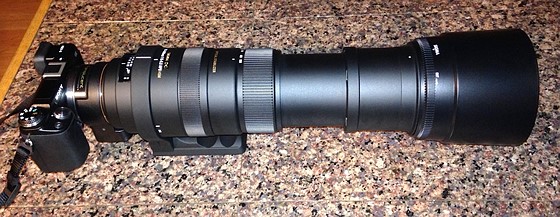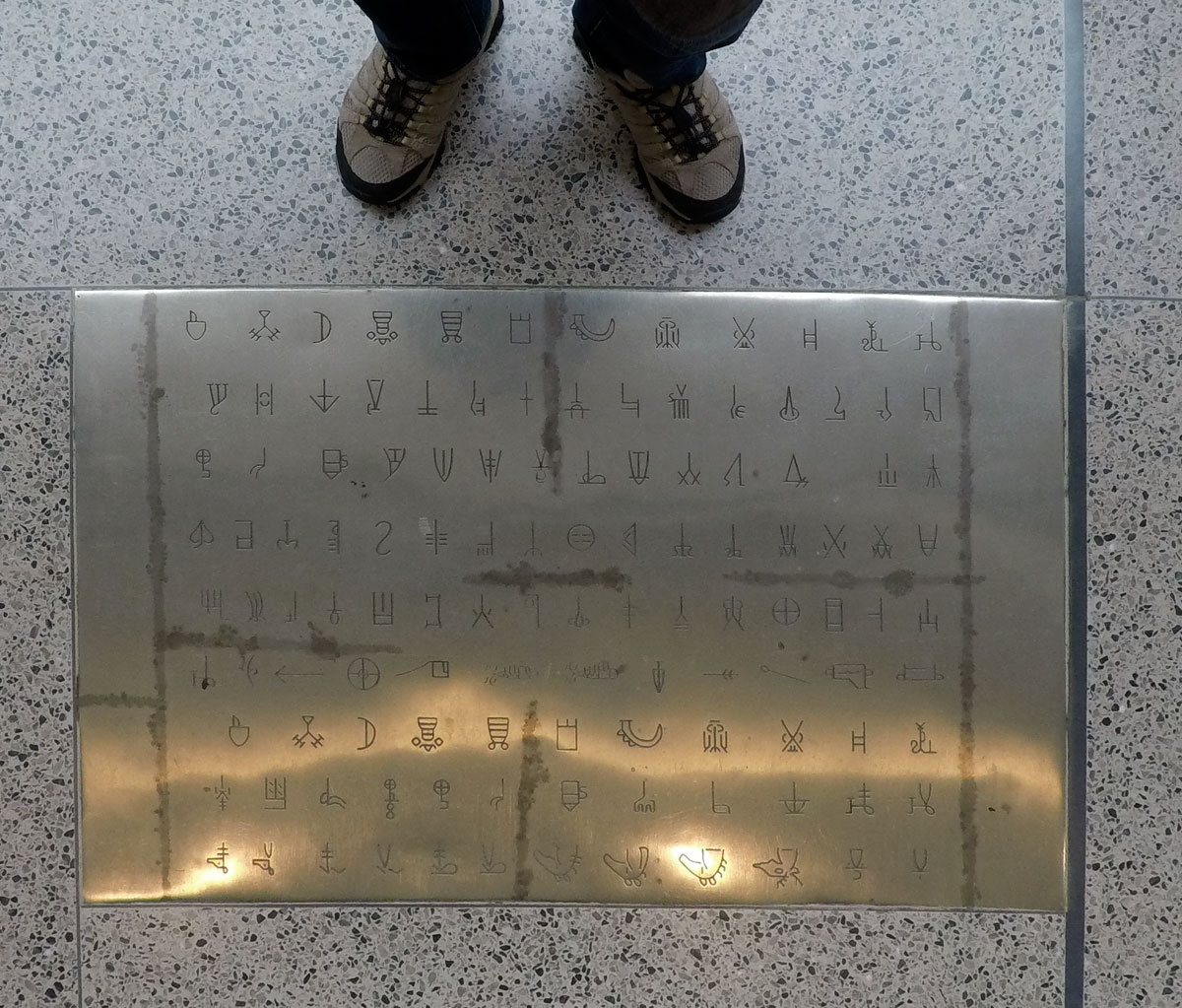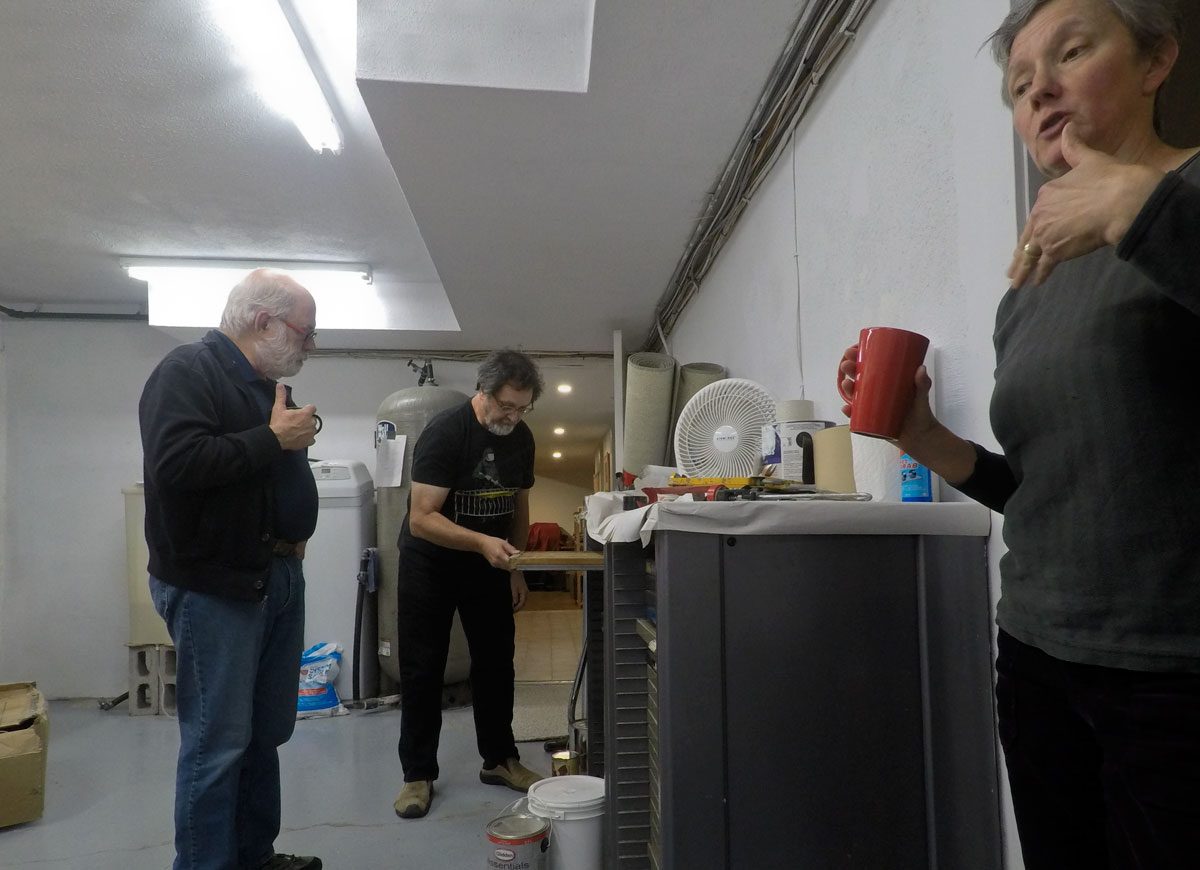Well, it’s that time again. Technology changes and with time so does one’s needs. My Sony a33 DSLR camera was showing its years, it took a fall last winter while I was recording videos of my artists’ books Equinox which did not help. During the last months as I opened the flash, I could hear a terrible sound. How long would it last?
Last May, before leaving Boise, Idaho, I purchased a GoPro Hero 5 Black to shoot videos, but I kept my Sony a33 till I reached my hometown.
© 2017 Louise Levergneux, GoPro 5, cute and handy
While in Ottawa, I stopped by Henry’s—the best camera shop—to trade-in my Sony and its lens. Henry’s can trade the gear you have for the gear you want!
© 2017 Louise Levergneux, saying goodbuy to a great camera
A dilemma presented itself—I would not have a DSLR for a few months till I could find and purchase my next camera at a reasonable price. Oh! well, that's life!
Henry's will gladly buy back your second-hand equipment and give you a store credit to use towards a purchase. After showing the salesperson my Sony a33 and the 55mm-200mm lens, my trade-in value went towards the purchase of accessories for my GoPro and a new Vanguard camera bag. My Tamrac bag was still in good condition but heavy and cumbersome. I donated my old Tamrac camera bag to a Goodwill in Worthington, Ohio, hoping someone would enjoy it.
I have been eyeing a Sony Alpha a6000 Mirrorless Digital Camera with 24.3 MP Exmor™ APS HD CMOS image sensor for the last two years. Once I reached Texas, I ordered one and had it shipped to a friend’s place in Austin.
© 2015 B&H, here's my new toy to have fun and enjoy
I shot many photos with my new Sony a6000 in the last month—the camera did not disappoint. Sony packed many features into this camera. Small (4.7 x 2.6 x 1.8 inches) (120 x 67 x 45 mm), compact, fast, versatile and very affordable—the a6000 is a great camera with a superb image quality. I still need to learn more about its features, but I’m having fun taking pictures as I visit Texas. My only displeasure is the tiltable 3″ LCD with 921K dots, it does not swivel like the LCD screen of the a33. This was a major plus for shooting large manhole covers.
A showcase of some of my favourite photos to date:
© 2017 Louise Levergneux, need to work on the action setting, T-Bone, Franky, and Ozzie Pearson
© 2017 Louise Levergneux, wonderful details
© 2017 Louise Levergneux, love shooting butterflies
© 2017 Louise Levergneux, notice mom's leg on baby tortoise
© 2017 Louise Levergneux, colours of Texas
© 2017 Louise Levergneux, Trattoria Lisina and Mandola Vineyard in Driftwood, Texas
© 2017 Louise Levergneux, oops! just favourite wine from the Driftwood Estate Winery in Driftwood, Texas
© 2017 Louise Levergneux, the San Antonio Express-News building detail
Another disappointment is finding out my Photoshop version doesn't support RAW images from my new Sony! #@$#^*&%, you know what I mean! No problem with the Sony A33.
Now, with new cameras, I’m ready for the year. The GoPro is excellent for those “Keystone” videos you have been viewing on my blog posts. The Sony a6000 is fantastic for scenes, people, details, art...
New equipment is always expensive for a studio but a must for creativity!!
Oh! I didn’t mention the weight of this little pup. The Sony a6000 is 16.5 oz (468 g) including battery and lens.
2014 DP Review, for balance I got this lens! NOT!! Can you imagine!
Have you purchased new tools or equipment lately? Which One?
































































